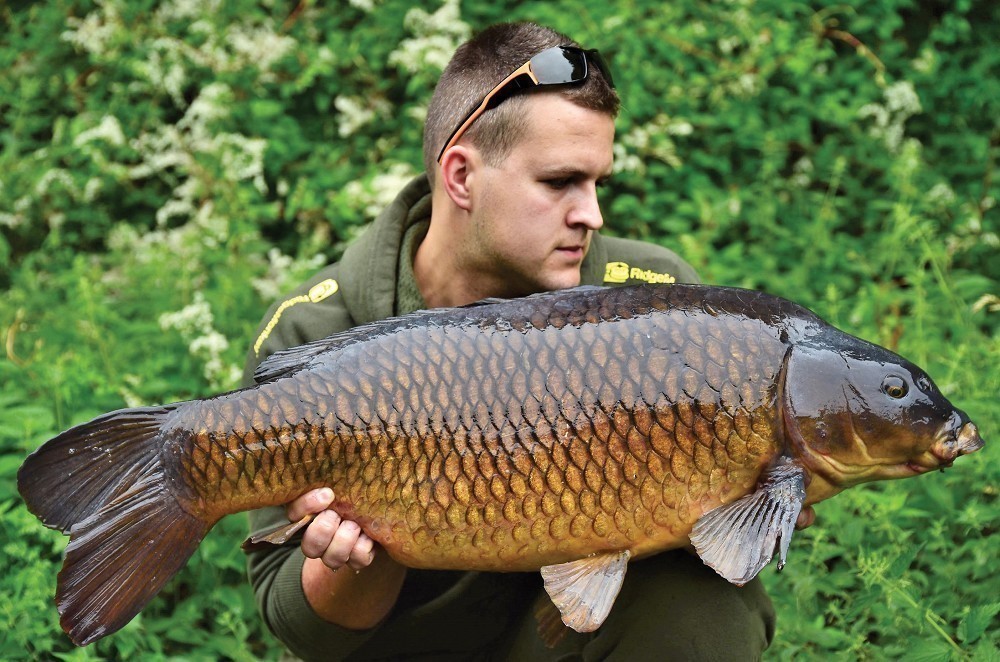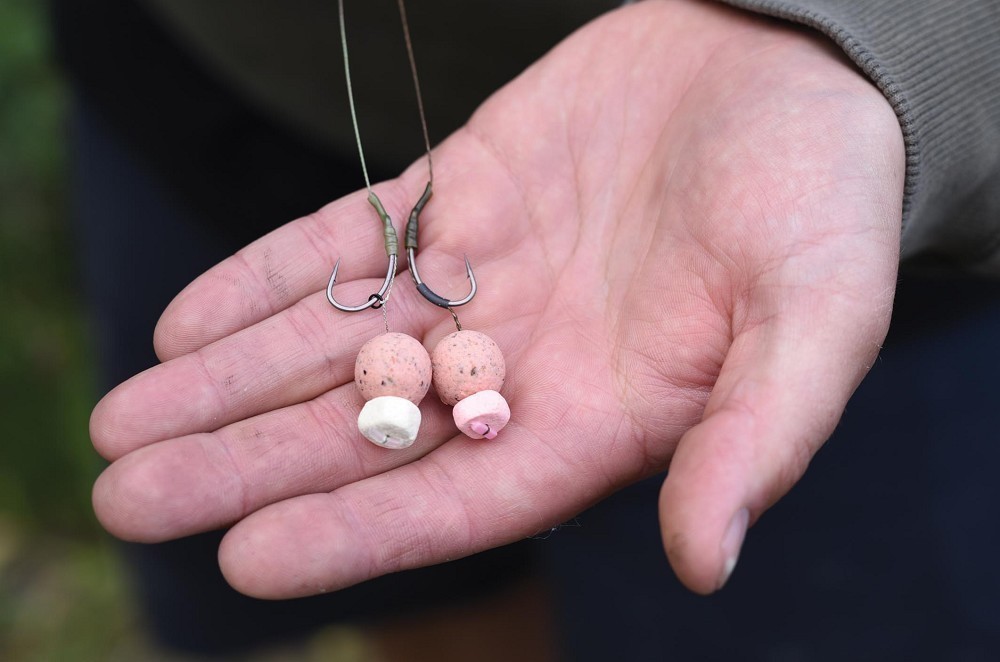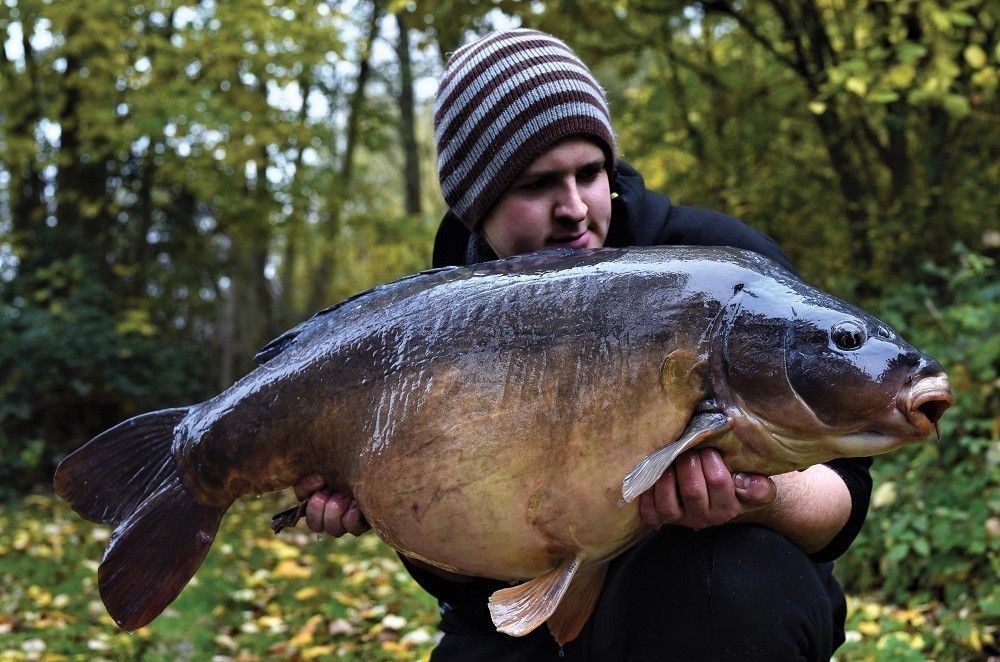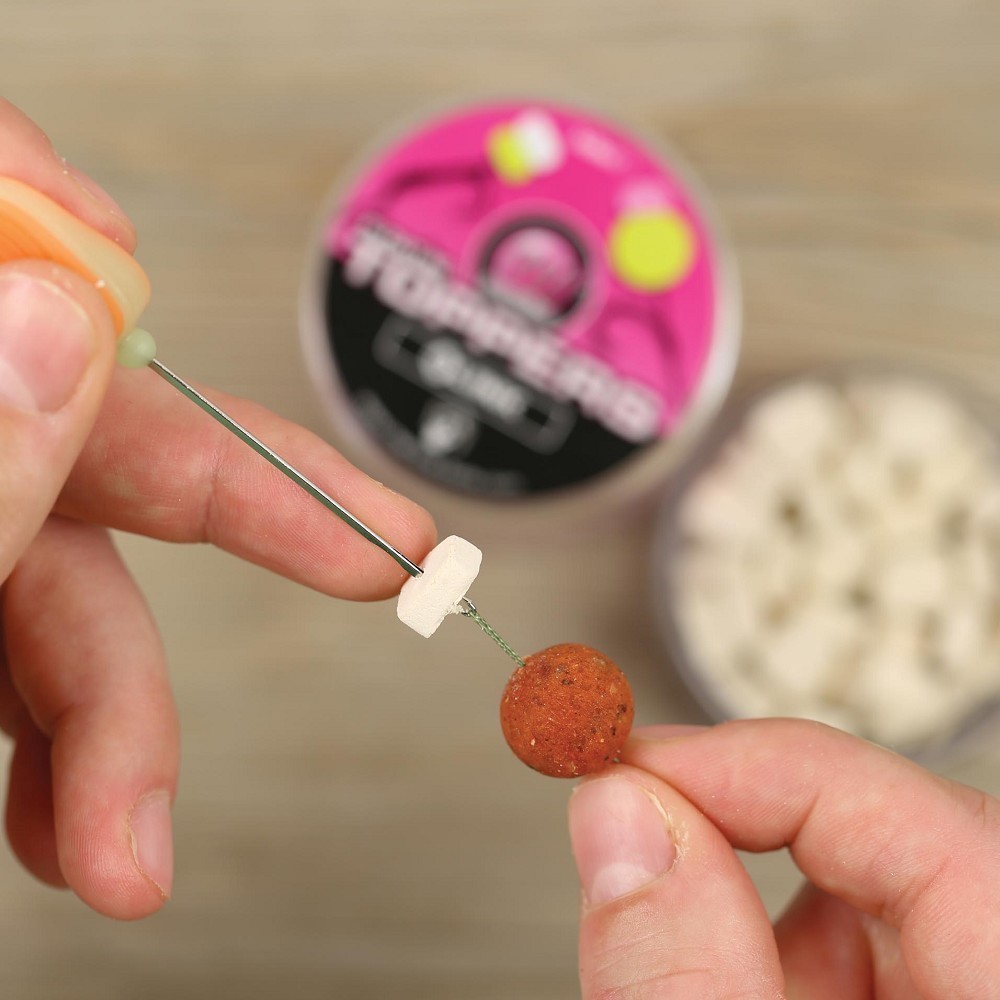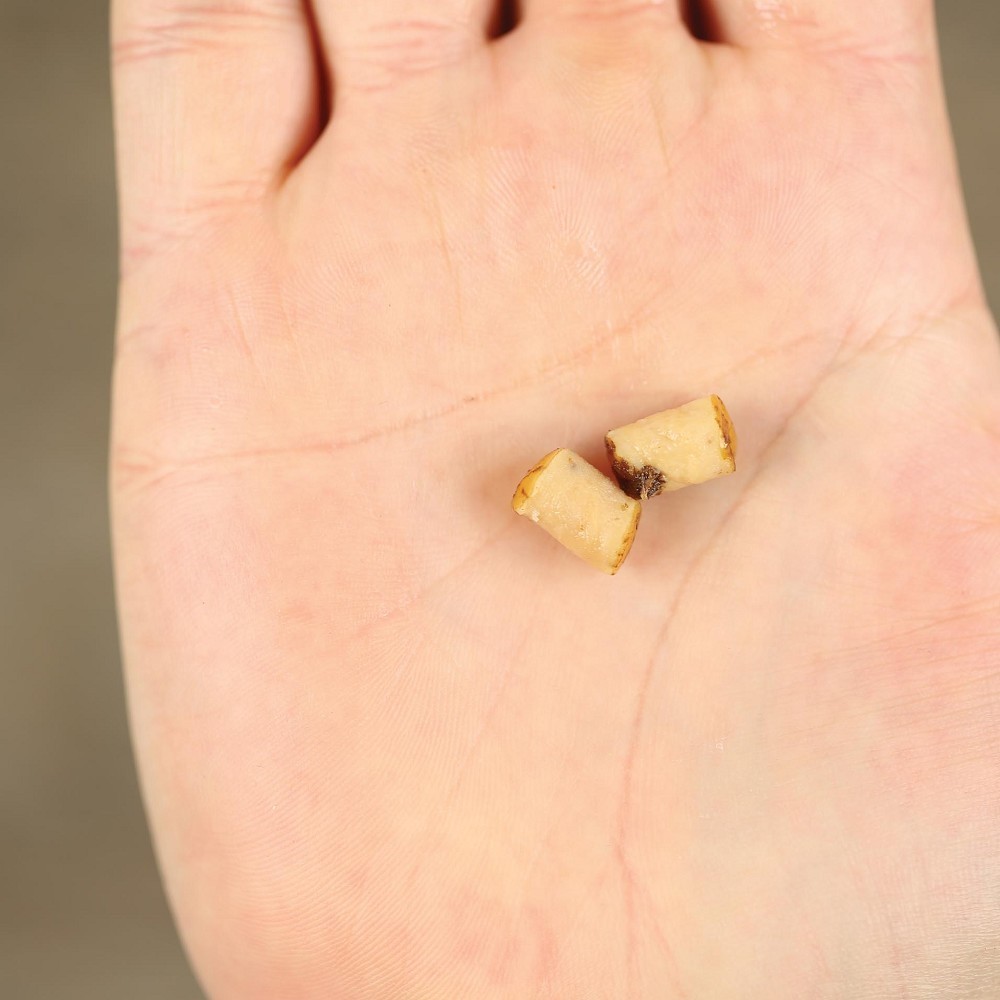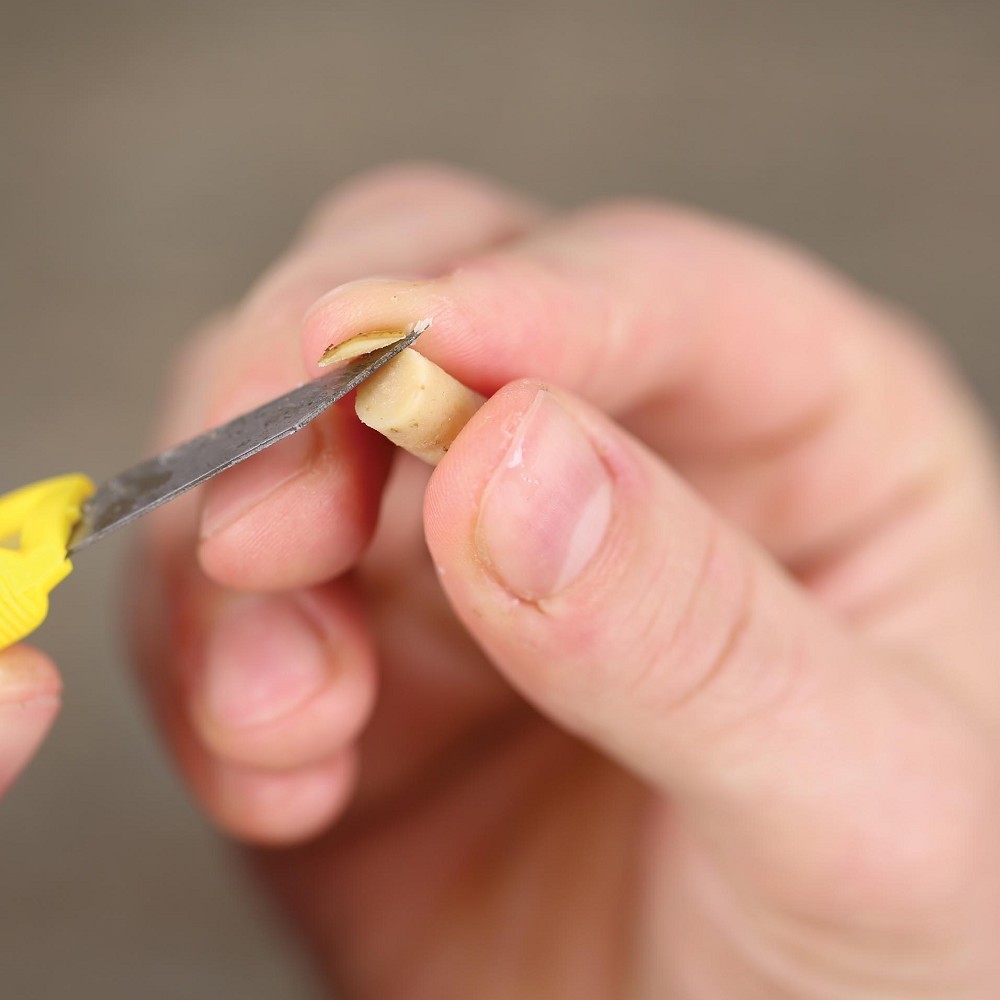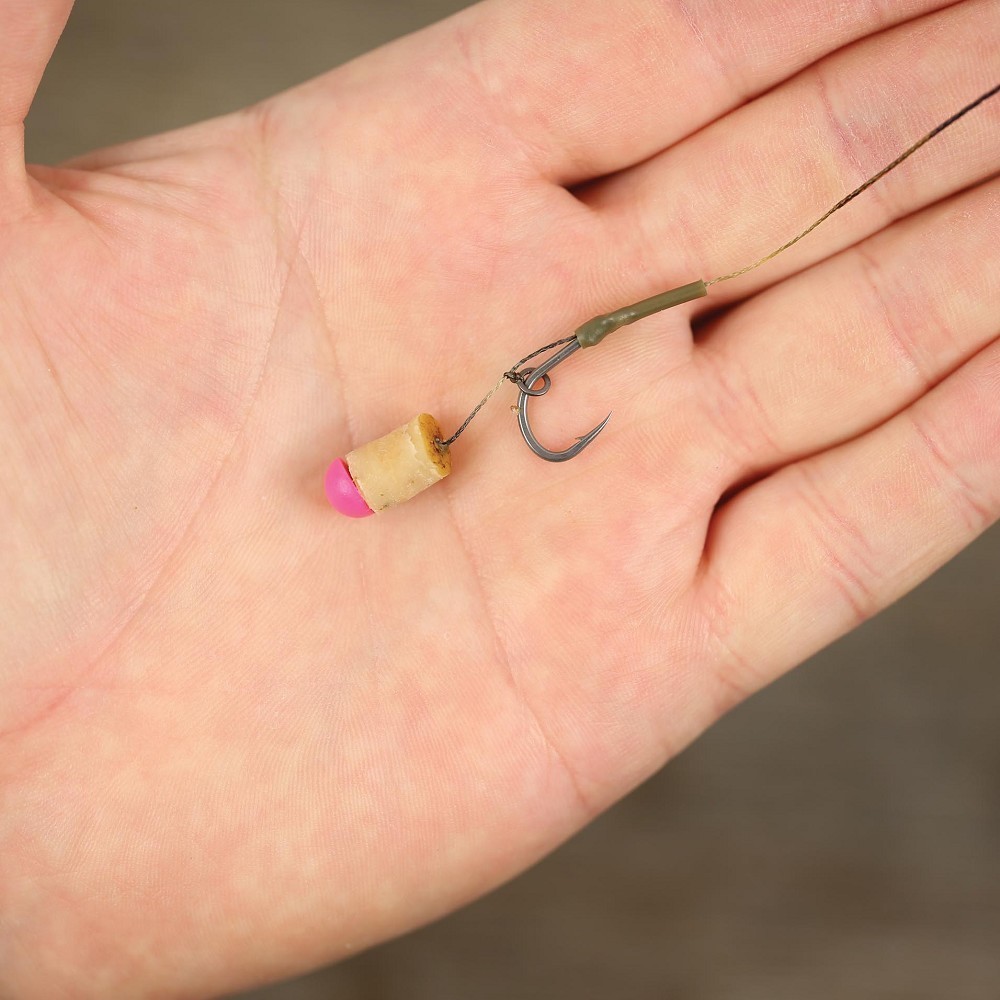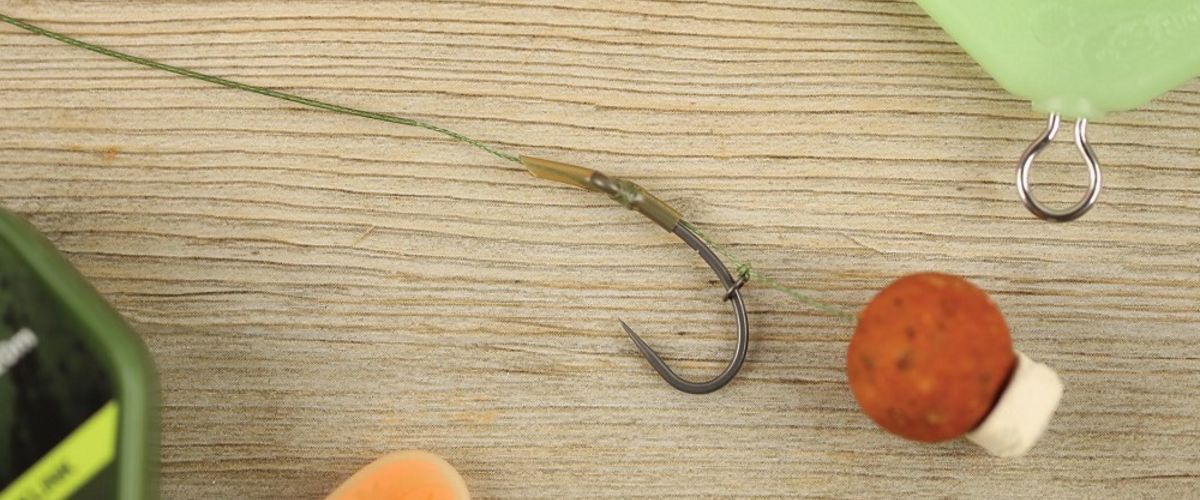
The Blowback Rig
Some rigs just have the staying power decade after decade and the Blowback Rig is one. Here's the version it's down into today by Chris Cox...
The BlowBack Rig has undergone many changes over the years. Originally used and developed by the likes of Frank Warwick, Gaz Fareham and Ali Hamidi, it was traditionally used in conjunction with a long shank style hook pattern - namely the Gamakatsu Long Shank. As time passed, shrink tube kickers, rig rings or small pieces of silicone were all added to the rig, all helping to improve its effectiveness. So when it comes to tying a reliable, very adaptable and quick-to-construct rig, it’s obviously the first choice for top weekend carper, Chris Cox. As you’ll learn, Chris uses it with a multitude of hookbaits, from Snowman presentations to balanced single tiger nuts.
The Q&A
How do you fish this rig… with a straight-out-of-the-bag bottom bait as a Snowman presentation, or with a pop-up?
“I fish the rig with a Snowman presentation most frequently now. Firstly, I might use a boilie bottom bait and a pop-up topper. My second, and go-to bait is a single, pre-drilled tiger nut with a cork plug inserted to critically balance the hookbait; this sees the bait waft over the hook with the hook itself lying flat on the bottom.”
Do you often prefer to fish a bottom bait presentation, rather than a pop-up?
“Hard question… I’ll have elaborate a bit. I do prefer to use a bottom bait if I can, but the lakebed must be clean enough as I don’t want any element of doubt regarding the rig’s presentation. Additionally, if I’m targeting big fish, then I’d always favour a pop-up rig as I feel they find it so much easier to suck it in compared to having to work that much harder when grubbing around on the deck for a bottom bait. I definitely believe in the big-fish favourability of the Hinge Stiff Rig I use. If I’m targeting those rarer visitors to the bank, I‘d hardly ever use a pop-up rig as most anglers are using them these days and the fish aren’t slipping up as often. In those situations I’d fish a bottom bait all day long.”
Why do you prefer to use a rig ring over a piece of silicone tubing on the shank?
“I wouldn’t say I prefer either, as I use both. The rig ring set-up I favour when I’m fishing at range as it lends itself to the simple inclusion of a small piece of PVA string to tie the Hair to the hook shank. The silicone can slide down the hook shank with the impact of a long cast, so I keep its use for my ‘up close and personal’ fishing. I’ve watched fish try and deal with the rig in the edge and the silicone version seems to be the more aggressive hooking rig, making the hook flip and turn.”
Can you talk us through the components you use to construct the Blowback rig?
“The components I use are all from RidgeMonkey, simply because of their reliability and strength. RidgeMonkey’s kit is put through its paces by a large number of anglers, both home and abroad. Reliability gives you massive confidence in your end tackle… it’s a ‘must’ for me.”
Why have you specifically chosen the components you use… for example, why a curve-shanked pattern over a long-shank hook?
“Again, for their strength and reliability. I use both a long-shank hook and the curve-shank pattern for this rig, depending on the fish I’m targeting. When fishing for smaller carp, I’ll happily use a long shank. If the fish are larger - which tends to be on those venues I visit most often - I always use the curve shank, simply because of its hook-to-land ratio. I’ve had a few hook-pulls using the long-shank hooks when playing fish really hard to get them from snags etc.”
Finally, are there any little tweaks you make when tying this rig, which you feel enhance it?
“Any rig tweaks depend on the fishing situation. The most common would be with the hooklink material I use. If I was fishing over a gravel bottom that was particularly clean, I’d use the RidgeMonkey Stiff Coated Hooklink. This really is stiff and resets brilliantly if a carp manages to eject the hookbait. As a rule, I use soft-coated material most frequently, as it copes well with a little debris on the lakebed, without me having to smash the water to a foam with a marker.”
What you need:
RM-Tec Soft Coated Hooklink (Green) 25lb
RM-Tec Curve Shank Hook (size 4)
RM-Tec Rig Ring
RM-Tec Anti-Tangle Sleeve
RM-Tec Shrink Tubing (2.4mm)
How to tie it
1. Start by stripping back some of the coating and then tie a large Hair loop; this is to ensure the bottom bait sits on said knot to stop it sliding down the Hair.
2. Thread on your bottom bait first, followed by your pop-up topper/sight bob.
3. Next slide a micro rig ring onto the hooklink and secure tying on using a Granny Knot; the Hair should be around two centimetres from the rig ring to the top of the bait.
4. Pass hook through the rig ring and the hooklength through the eye of the hook. Set it so the ring’s opposite the barb and then secure using a Knotless Knot.
5. Cut the end of a one-inch piece of shrink tubing at an angle and then thread onto the hooklink and position over the eye. Steam and curve it so it follows the bend of the hook.
How to create a dainty tiger nut presentation
1. Using a Corer Drill, score out a plug of tiger nut, leaving a neat hole through the middle of the nut.
2. Now push the plunger down and it will reveal this little pellet of creamy nutty goodness.
3. Next, using a pair of scissors (or knife), trim one end of the plug down as flat as possible…
4. Thread the tiger onto the Hair and secure with a Sight Stop to add a fleck of colour.





